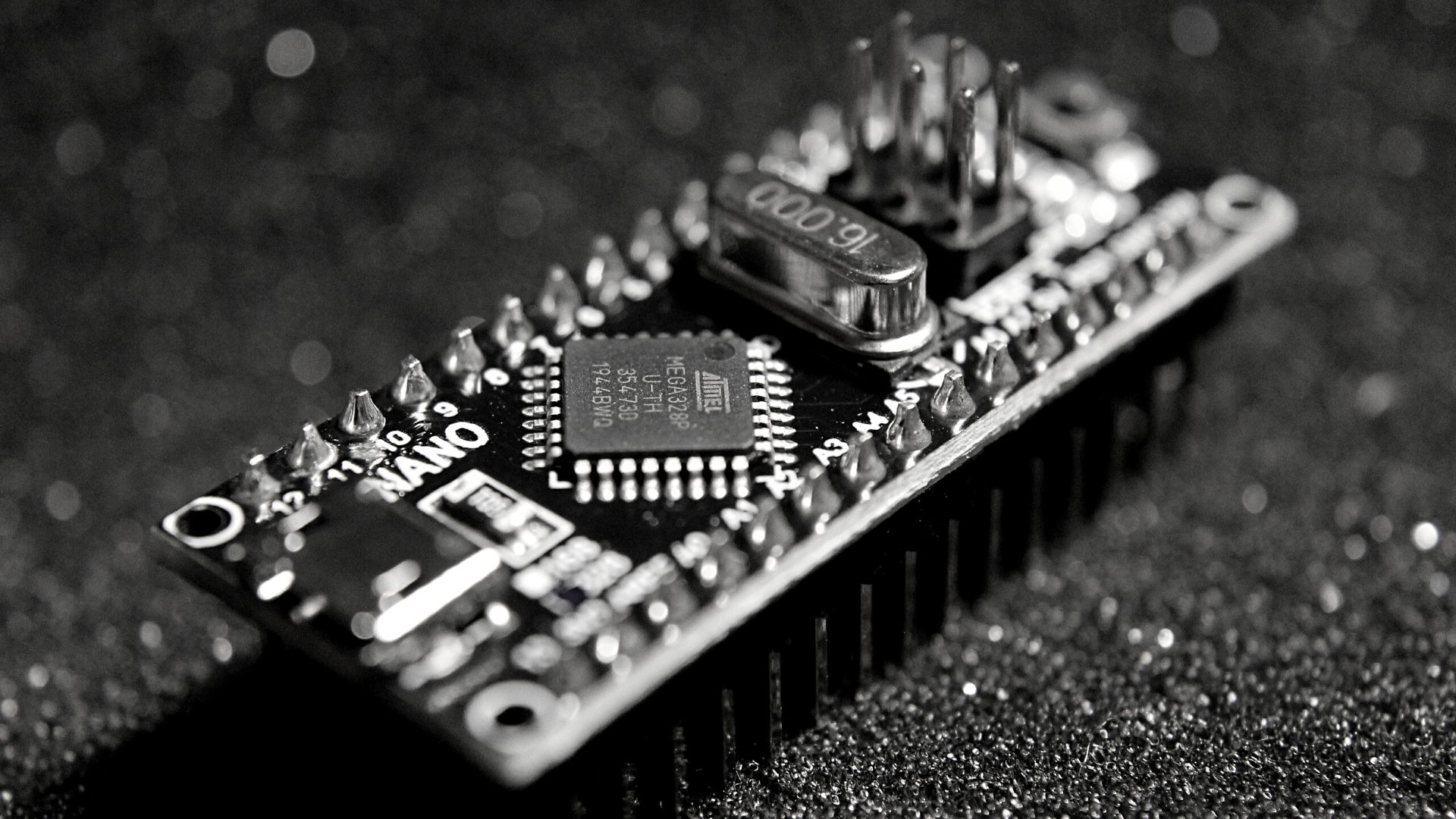When embarking on an embedded project, selecting the right microcontroller is crucial to ensure the success of your venture. The microcontroller serves as the brain of your project, determining its processing power, I/O capabilities, energy efficiency, and cost-effectiveness. In this guide, we will walk you through the essential factors to consider when choosing the most suitable microcontroller for your specific project needs.
Processing Power:
The first step in choosing the right microcontroller is assessing the processing power required for your project. Consider the complexity of the tasks your embedded system needs to perform. For simple applications like temperature monitoring or basic automation, a low-end microcontroller may suffice. However, for more demanding projects such as advanced robotics or real-time image processing, opt for a microcontroller with a higher clock speed and more processing cores.
I/O Capabilities:
The input/output capabilities of a microcontroller play a pivotal role in determining its usefulness for your project. Evaluate the number of pins required to connect to sensors, actuators, and external peripherals. Make sure the microcontroller supports the communication protocols (e.g., UART, I2C, SPI) needed for your project’s components. Additionally, consider PWM channels and analog-to-digital converters (ADC) if your project involves motor control or analog sensor readings.
Energy Efficiency:
For battery-operated or low-power applications, energy efficiency becomes a significant concern. Choose a microcontroller with power-saving features like sleep modes, clock gating, and low-power peripherals. Some microcontrollers offer hardware-based energy management units that optimize power consumption based on the system’s activity, ensuring longer battery life and reduced energy costs.
Memory and Storage:
The memory and storage requirements of your project will determine the appropriate microcontroller. Evaluate the program memory (flash) size for storing your code and the RAM size for data manipulation during runtime. If your project demands substantial data storage, consider microcontrollers with built-in EEPROM or external memory interfaces.
Development Environment and Ecosystem:
A robust development environment and supporting ecosystem are vital for efficient programming and troubleshooting. Check if the microcontroller is supported by widely used Integrated Development Environments (IDEs) and programming languages. A strong community and availability of online resources, tutorials, and libraries can significantly ease your development process.
Cost Considerations:
Finally, while it is essential to choose a microcontroller that meets your project requirements, cost remains a significant factor. Consider the budget constraints of your project and strike a balance between features and affordability. Remember to factor in the cost of additional components and peripherals necessary for your chosen microcontroller.






